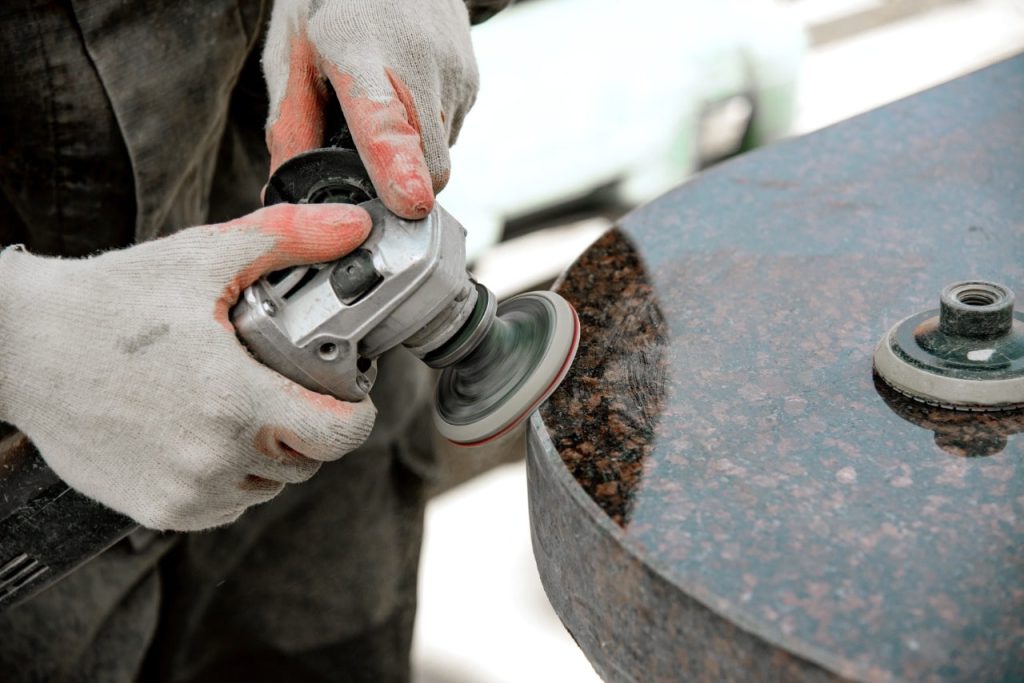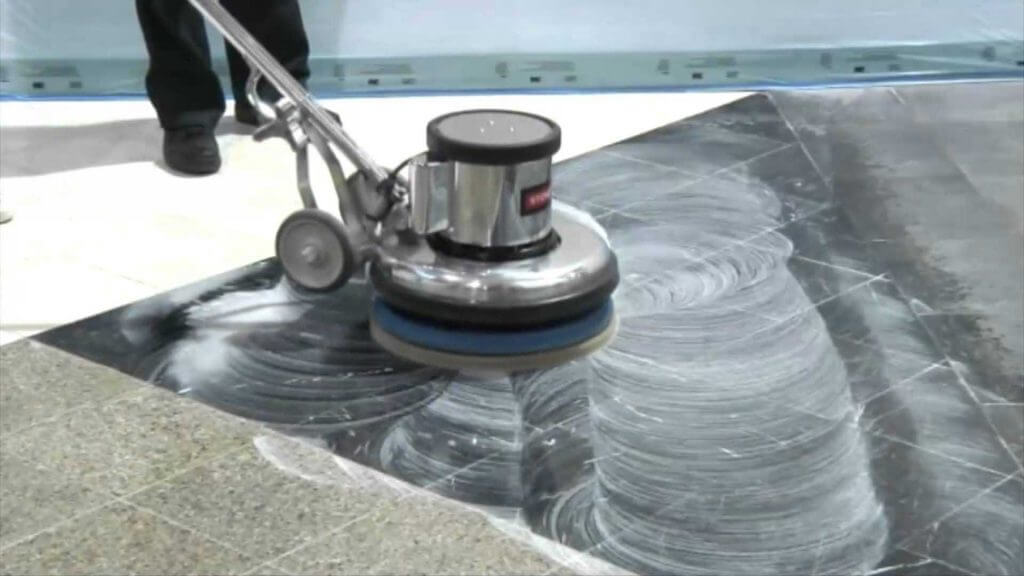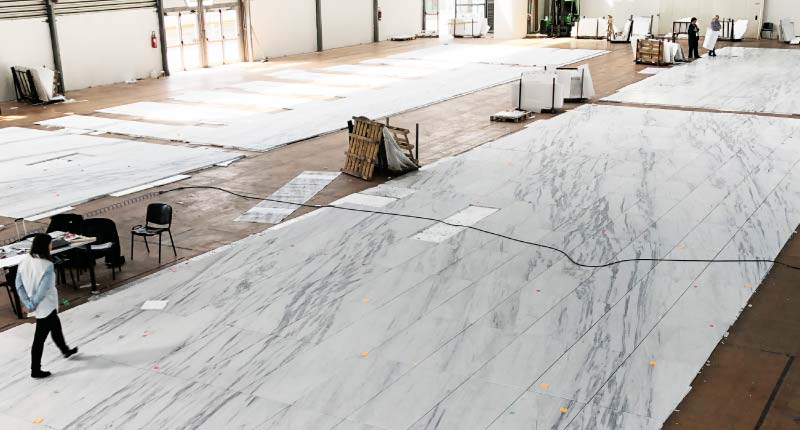Marble & Granite Service
Cut and Polishing
Marble is a highly valued and sought-after material for its durability, elegance, and natural beauty. When marble is cut and polished, it enhances its inherent characteristics, such as the unique veining and coloration. This process also provides a smooth and reflective surface that adds an extra layer of sophistication to any space.
Cutting and polishing marble requires specialized equipment, skills, and techniques. The process involves cutting the marble into the desired shape and size, smoothing the edges, and applying a series of abrasive materials to polish the surface. The final result is a high-gloss finish that is not only visually stunning but also enhances the durability of the material.
The value of marble cut and polishing depends on various factors such as the quality of the marble, the complexity of the design, the size of the project, and the expertise of the craftsmen involved. However, in general, the cut and polishing process can significantly increase the value of marble, making it an investment that can provide long-lasting beauty and functionality.

Cut and Polishing
Marble is a highly valued and sought-after material for its durability, elegance, and natural beauty. When marble is cut and polished, it enhances its inherent characteristics, such as the unique veining and coloration. This process also provides a smooth and reflective surface that adds an extra layer of sophistication to any space.

Cutting and polishing marble requires specialized equipment, skills, and techniques. The process involves cutting the marble into the desired shape and size, smoothing the edges, and applying a series of abrasive materials to polish the surface. The final result is a high-gloss finish that is not only visually stunning but also enhances the durability of the material.
The value of marble cut and polishing depends on various factors such as the quality of the marble, the complexity of the design, the size of the project, and the expertise of the craftsmen involved. However, in general, the cut and polishing process can significantly increase the value of marble, making it an investment that can provide long-lasting beauty and functionality.

Maintenance
Maintaining a marble floor or wall requires regular cleaning to prevent dirt and grime buildup. You can use a soft-bristled broom or a vacuum cleaner to remove loose dirt and dust. If you spill something on the marble surface, clean it up immediately with a damp cloth and dry the area with a clean towel. Over time, your marble surface may start to lose its shine and luster, so deep cleaning with a mild, pH-neutral cleaner is recommended. You can also seal your marble surface with a penetrating sealer to prevent absorption of liquids and stains. Avoid using harsh chemicals that can damage the marble surface, and prevent scratches by placing protective pads under heavy furniture and using non-abrasive cleaning tools.

Maintenance
Maintaining a marble floor or wall requires regular cleaning to prevent dirt and grime buildup. You can use a soft-bristled broom or a vacuum cleaner to remove loose dirt and dust. If you spill something on the marble surface, clean it up immediately with a damp cloth and dry the area with a clean towel.
Over time, your marble surface may start to lose its shine and luster, so deep cleaning with a mild, pH-neutral cleaner is recommended. You can also seal your marble surface with a penetrating sealer to prevent absorption of liquids and stains. Avoid using harsh chemicals that can damage the marble surface, and prevent scratches by placing protective pads under heavy furniture and using non-abrasive cleaning tools.
Installation
Marble installation is a process of laying marble tiles or slabs in a pattern or design on a surface, typically on floors or walls. The installation process begins with preparing the surface by ensuring it is clean, level, and free of any debris or imperfections.
After the surface preparation, the marble tiles or slabs are arranged on the surface in the desired pattern, using spacers to ensure uniform spacing between them. Once the tiles are laid out, adhesive is applied to the back of each tile or slab before being placed onto the surface.
Finally, the marble tiles or slabs are polished, honed, or finished with a sealant to protect them and enhance their appearance. The finished installation should be durable, level, and aesthetically pleasing.

Installation
Marble installation is a process of laying marble tiles or slabs in a pattern or design on a surface, typically on floors or walls. The installation process begins with preparing the surface by ensuring it is clean, level, and free of any debris or imperfections.

After the surface preparation, the marble tiles or slabs are arranged on the surface in the desired pattern, using spacers to ensure uniform spacing between them. Once the tiles are laid out, adhesive is applied to the back of each tile or slab before being placed onto the surface.
Finally, the marble tiles or slabs are polished, honed, or finished with a sealant to protect them and enhance their appearance. The finished installation should be durable, level, and aesthetically pleasing.
Useful links
SECURED BY
We care about you and the safety of your details!
Copyrights © 2023 Marble Doctor

